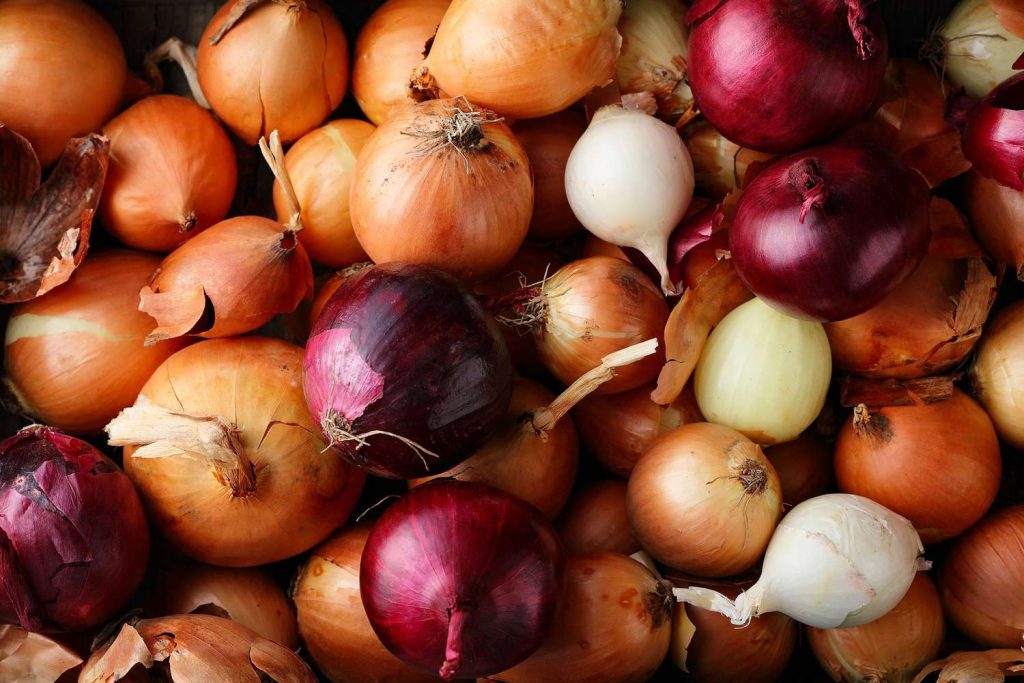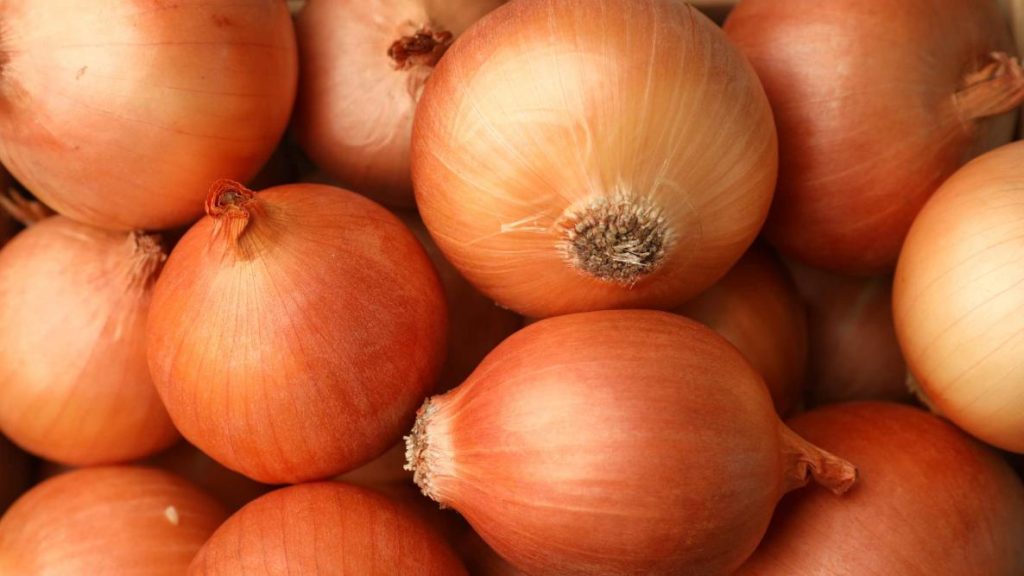Unlocking Success in Onion Farming: A Comprehensive Guide for Kenya with Onion Doctor
Are you in need of in-depth knowledge on onion and garlic production? If yes, we are a call away. Contact us for: Onion seedlings, Garlic seedlings, Germinated garlic cloves, Farm planning services, Soil testing, training on onion and garlic growing, Drip irrigation installation and maintenance, Agronomic support, Onion and Garlic value pack and Farm management. For free consultation, placing orders or booking a visit with an agronomist, please contact us via Call or what’s app +254703982228, Email: Info@oniondoctor.co.ke. You can also check out our social media handles for daily updates on TikTok: https://www.tiktok.com/@oniondoctorke?_t=ZM-8wmsTu0qumO&_r=1 Instagram: https://www.instagram.com/oniondoctorke?igsh=MTVoaHF3aWUydTJzaQ==Facebook:https://www.facebook.com/share/16SwgYn2dG/ Youtube:https://youtube.com/@oniondoctorke?si=u5Jnd-r0qU9UDYqL and Twitter: https://x.com/OnionDoctorKe?t=FR3JXlS_oN1vjjUgAtfyzg&s=09 Onion farming in Kenya has evolved into a thriving agribusiness, presenting lucrative opportunities for both commercial and small-scale farmers. In this guide, we will delve into the essential aspects of planting, caring for, and harvesting onions, ensuring a successful harvest. Learn the ropes of onion cultivation and discover the expertise offered by Onion Doctor to maximize your yields and profits. Maximizing Yields: Cultivating onions on a small scale can be a rewarding endeavor, with the potential to yield up to 15 tonnes per acre. Several factors influence onion production, including climatic conditions, soil type, and the choice of onion variety. Optimal conditions involve well-drained sandy, loamy soils with a pH range of 6.0 – 7.0. Onions thrive in a temperate climate, ideally between 13 ° and 24 ° C, especially during germination. Onion Varieties in Kenya: Kenya boasts a diverse range of onion varieties, classified into two main types: local and hybrid varieties. The selection is based on factors such as shape, maturity period, and skin color. Notable local varieties include Red Creole, Texas Grano, and Bombay Red. Hybrid varieties, such as Red Nice F1, Rasta F1, and Red Coach F1, offer advantages like adaptability and resistance to pests and diseases. Nursery Bed Preparation: Successful onion cultivation starts with meticulous nursery bed preparation. Two to three weeks before sowing, create raised seedbeds measuring 1.2m wide, incorporating organic fertilizer for optimal growth. Evenly spaced rows facilitate irrigation, promoting uniform germination. This essential step sets the foundation for robust onion seedlings. Onion Seedlings Transplanting: Transplanting onion seedlings is a critical stage in the cultivation process. After six weeks of germination, when the seedlings reach a height of 12 to 15 cm, they are ready for transplanting. Thoroughly water the seedbed before transplanting to minimize root damage. Plant the seedlings with precision, ensuring a spacing of 30 cm between rows and 8 to 12 cm between seedlings. This strategic arrangement promotes early maturation and a high onion count per area. Onion Doctor’s Expertise: Partnering with Onion Doctor is a game-changer for smallholder farmers across Africa. The range of services includes providing quality and affordable onion and garlic seedlings, farm planning, soil testing, drip irrigation installation and maintenance, agronomic support, onion and garlic value packs, farm management, e-extension, and on-farm training. This comprehensive support empowers farmers to optimize yields and achieve maximum profits.







